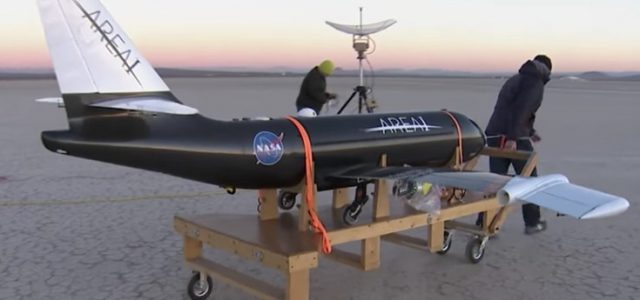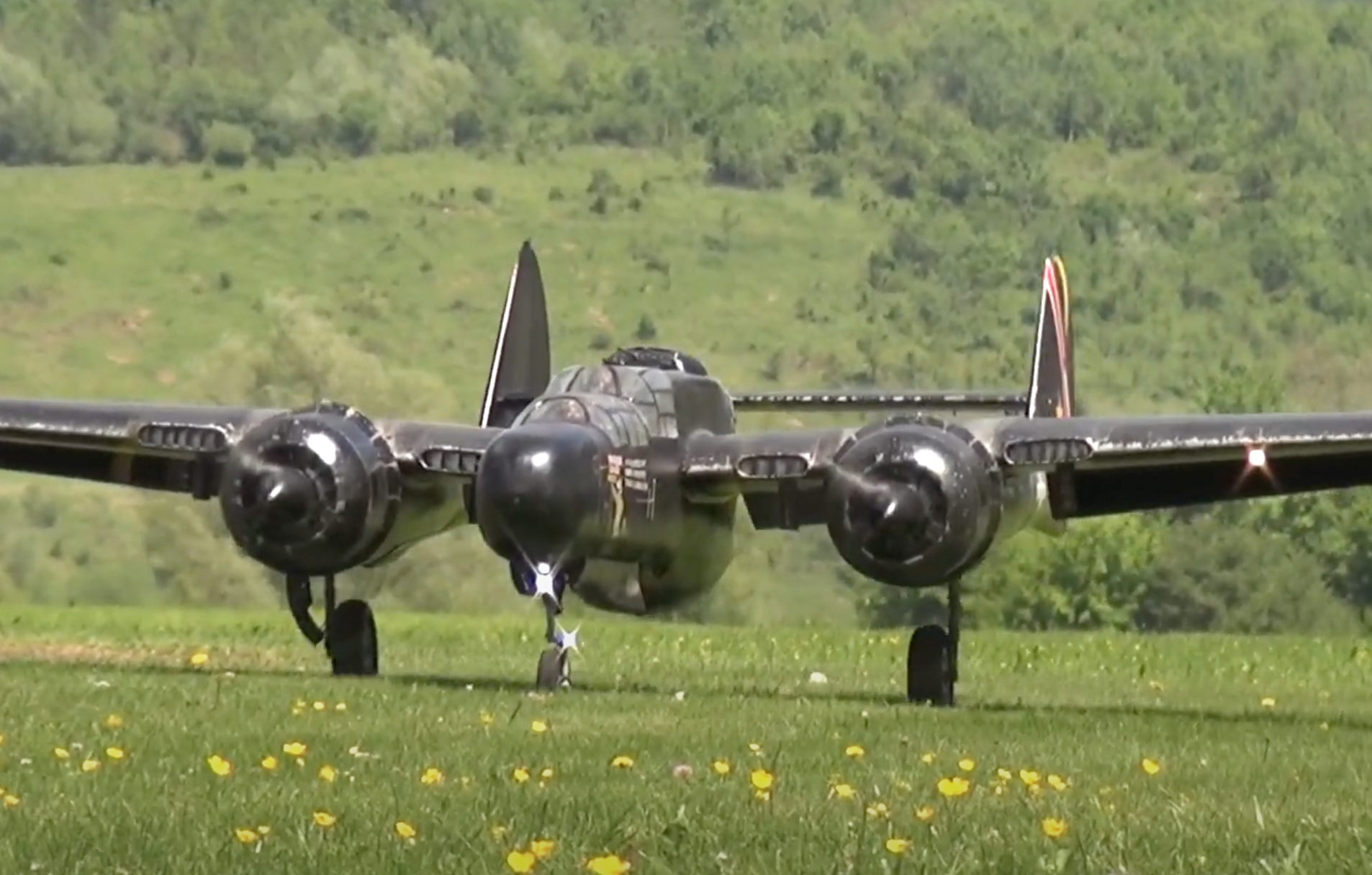This 3-minute video is a terrific window into NASA’s testing procedures to validate the use of a cutting-edge, lightweight alloy that’s triggered by temperature to fold the outer portions of aircraft wings and their control surfaces to optimal angles in flight. Here’s the scoop from NASA:
The tests, which took place at NASA’s Armstrong Flight Research Center in California, were part of the Spanwise Adaptive Wing project, or SAW. According to NASA, folding wings in flight is an innovation that had been studied using aircraft in the past, including the North American XB-70 Valkyrie in the 1960s. The SAW project is testing an innovative, lightweight material called “shape memory alloy.” This material is built into to an actuator on the aircraft, where it has the ability to fold the outer portion of an aircraft’s wings in flight without the strain of a heavy hydraulic system. The recent series of flight tests at Armstrong successfully demonstrated the material’s application and use, by folding the wings between zero and 70 degrees up and down in flight.
“We wanted to see: can we move wings in flight, can we control them to any position we want to get aerodynamic benefits out of them, and could we do it with this new technology,” said SAW Co-Principal Investigator Othmane Benafan. “Folding wings [have] been done in the past, but we wanted to prove the feasibility of doing this using shape memory alloy technology, which is compact, lightweight, and can be positioned in convenient places on the aircraft.”
On subsonic aircraft, such as commercial airliners, the potential aerodynamic benefit of folding the wings includes increased controllability, which may result in a reduced dependency on heavier parts of the aircraft, including the tail rudder. This may result in a more fuel-efficient aircraft, as well as the ability for future long-winged aircraft to taxi in airports. Additionally, pilots may take advantage of a number of different flight conditions, such as wind gusts, by folding their wings to adapt to any particular condition experienced in flight.
One of the most significant potential benefits of folding wings in flight, however, is with supersonic flight, or flying faster than the speed of sound.
The shape memory alloy is triggered by temperature, and works by using thermal memory in a tube to move and function as an actuator. Upon being heated, the alloy would activate a twisting motion in the tubes, which ultimately moves the wing’s outer portion up or down.
NASA Glenn, which developed the initial alloy material, worked closely with Boeing to be able to use the alloy with an actuator in flight.
“The performance of this new alloy that we developed between NASA and Boeing really showed outstanding performance,” said Jim Mabe, Technical Fellow with Boeing Research and Technology. “From the time we started initial testing here at Boeing, up to the flight tests, the material behaved consistently stable, and showed a superior performance to previous materials.”
To test the technology, NASA turned to Area-I to operate a remotely-controlled flight testbed called Prototype Technology-Evaluation Research Aircraft, or PTERA. PTERA was designed and built by Area-I, which was also involved in the design and integration of a shape memory alloy-actuated, wing-folding mechanism for the aircraft. The small-scale UAV features extensive flight instrumentation that is ideal for gathering data on SAW, as well as the ability to accommodate newly-designed wings for testing. Area-I personnel also conducted flight operations for the test, allowing NASA and Boeing to focus on the research during the flights.
























Exactly how many NASA guys does it take to fly that jet…are they all from Poland?! Can you just imagine how much we had to pay for it!
Please shut up. Wow. With that attitude we would all still be walking…
Geez, relax dude! Do you think things like the Space Shuttle, Bullet Train, Jet Fighters and Peanut Butter just magically appeared? They have to be designed, tested, improved, retested, etc. And yes, it takes money to do all of that.
Just think, if nobody spent money, time and corrected mistakes they made, you wouldn’t have that fancy computer you used to make nasty comments about Polish people.
I love your job! Congratulations from Madrid-Spain I’m a NASA fan & Aeromodeller teacher.
I wish that the article and video had explained in detail exactly what the folding wind is supposed to accomplish, other than just stating that it gives better performance at various air speeds.
You guys still need a magazine I can hold in my hands and read without getting a migraine. That appeals to guys who build from plans. Like the aerodynamic articles in the 80’s taught me so much. Please do not forget us….?